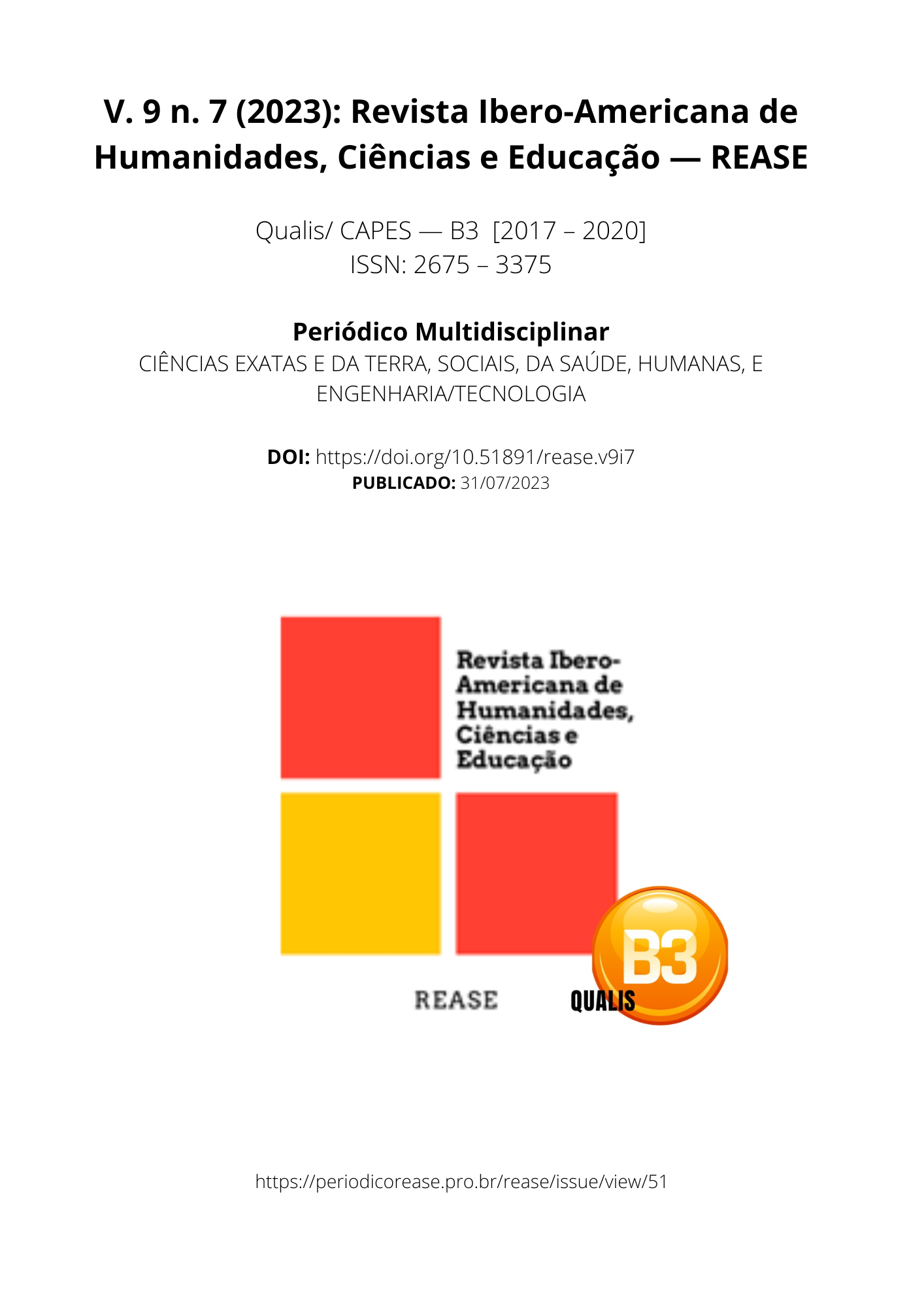RURAL SCHOOL STRUCTURES TO HOLD PHYSICAL EDUCATION CLASSES
DOI:
https://doi.org/10.51891/rease.v9i7.10622Keywords:
Infrastructure, Physical Education, Rural SchoolsAbstract
Objetive: To analyze the infrastructure available for practical Physical Education classes in public schools in the rural area of Campo Maior-PI and Jatobá do Piauí. Methodos: A cross-sectional study was carried out, involving a sample of 6 schools. The participants answered a questionnaire with questions referring to their socioeconomic aspects and about the characteristics of the infrastructures available for the practice of physical activity, based on the (PENSE, 2019) survey questionnaire. After collection, the data were analyzed as specified by the (PENSE, 2019) survey, the data were organized in the Microsoft Excel program, after the tabulation process, the percentage of data for each school was calculated and, at the end of this stage, the socioeconomic and social tables were prepared. on school infrastructure. Results: The results indicate that the characteristics of the structural aspects of the evaluated schools, 5 (83.3%) schools have classes in the morning and afternoon shifts and 1 (16.6%) works in the three shifts, all 6 (100% ) have the discipline of physical education in their curriculum. Classes are also taught by a qualified Physical Education teacher. Regarding the infrastructure of the schools, only 1 (16.6%) has a block in conditions of use, the other 5 (83.3%) do not have blocks, 5 (83.3%) claim to use the courtyard or other external areas of the school to carry out Physical Education classes at school. Conclusion: It was concluded that, despite the discipline and the Physical Education teacher being present in all schools, most educational institutions did not offer facilities for practical Physical Education classes.
Downloads
Downloads
Published
How to Cite
Issue
Section
Categories
License
Atribuição CC BY

